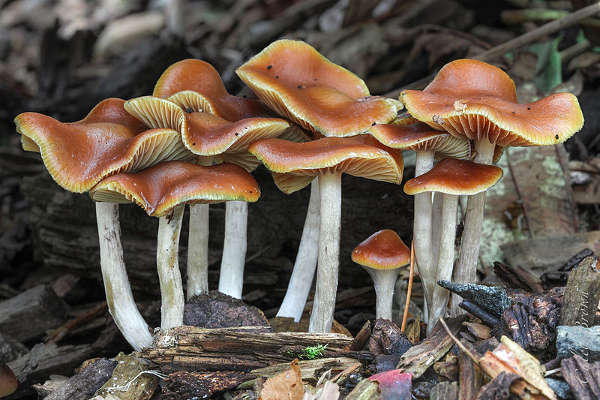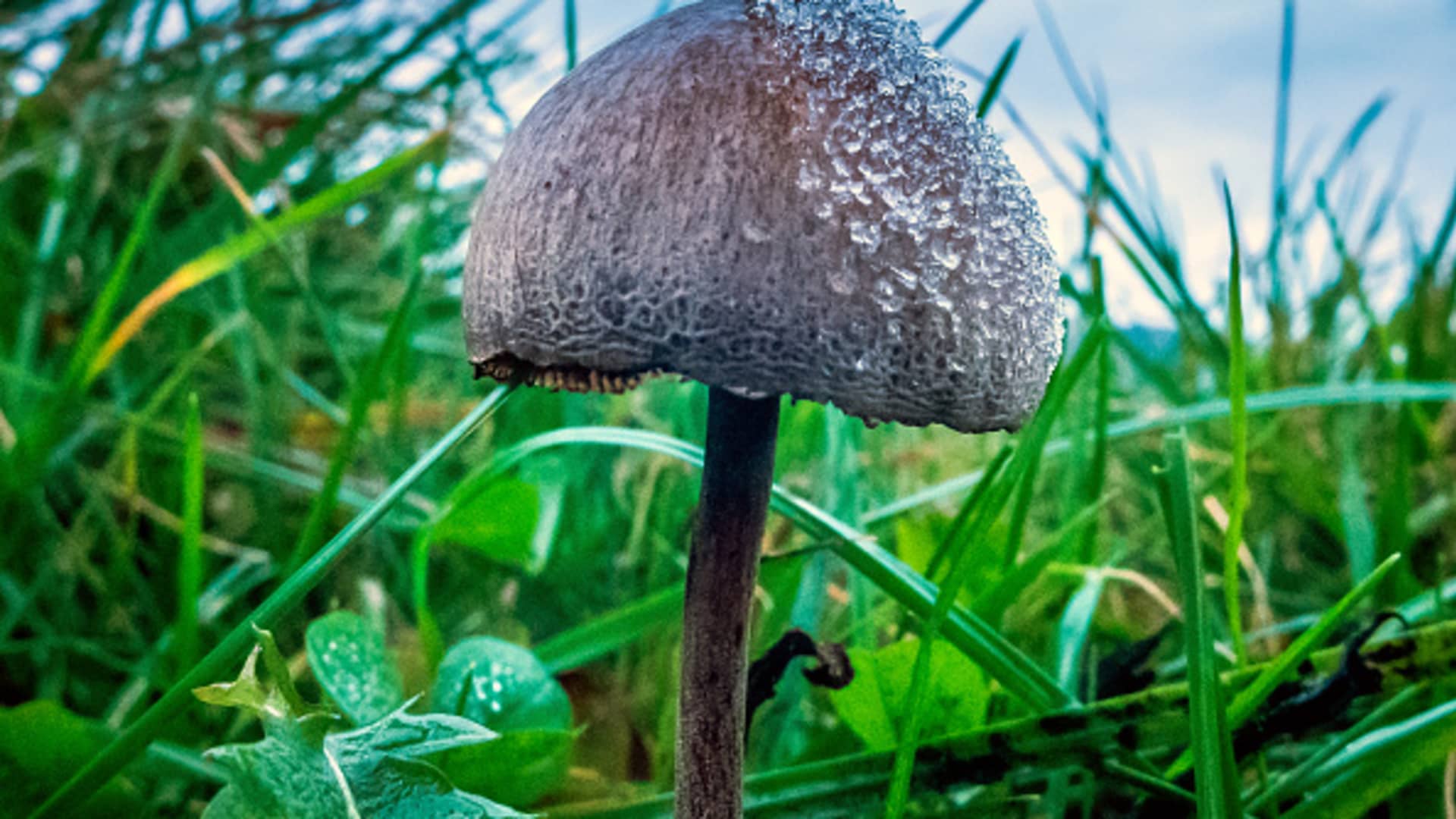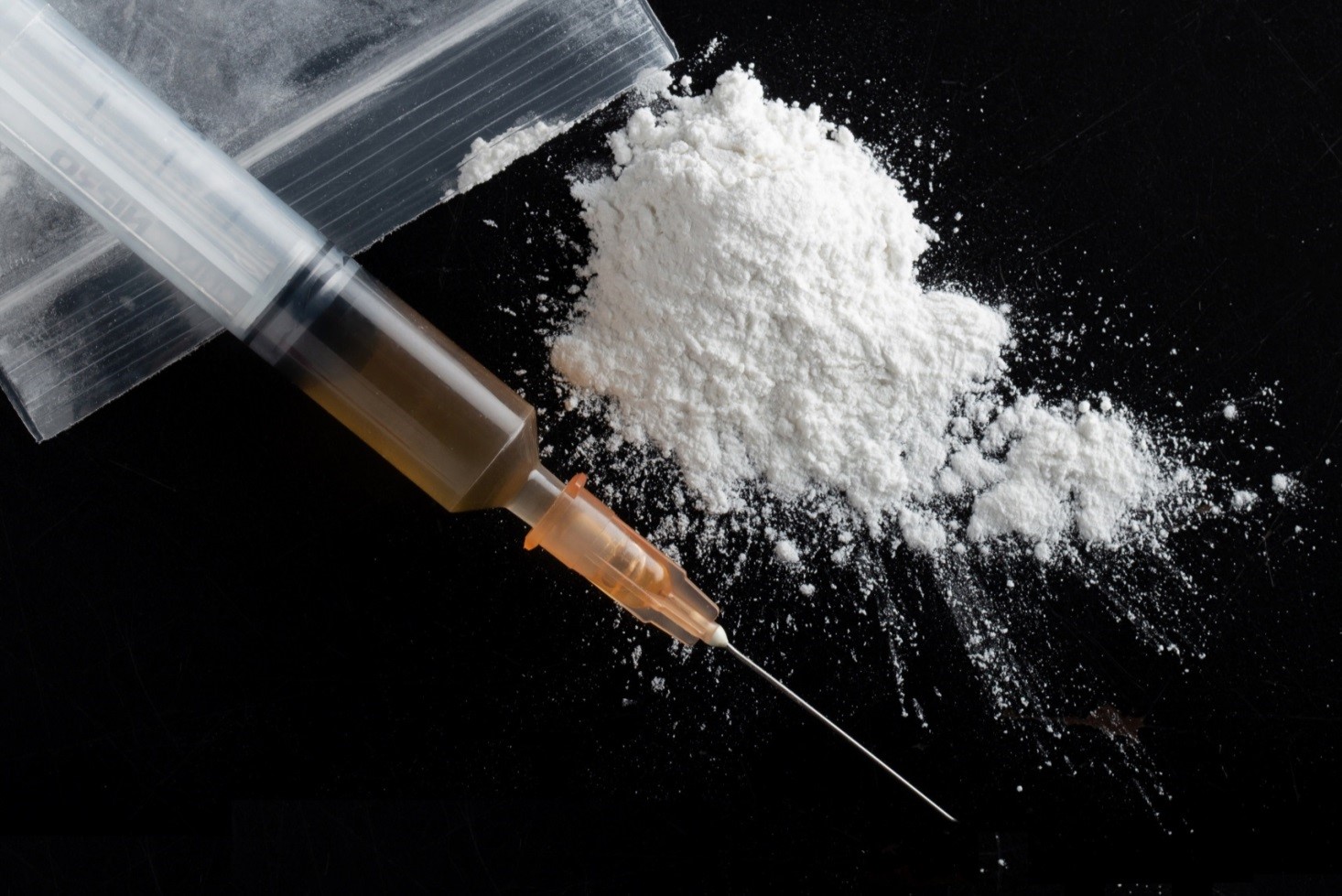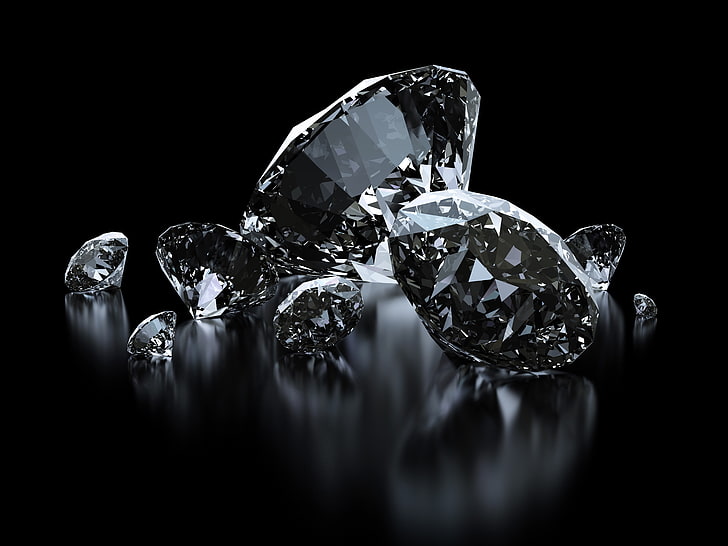What Is the World’s Most Potent Psychedelic Mushroom?

Interest in psychedelic-assisted therapy is growing, with many people looking into various psychedelics as they consider their healing. This leads many people to look into the most potent magic mushrooms worldwide, hoping that the healing powers will provide life-changing benefits.
But why are people so interested in which magic mushrooms are the most powerful? People no longer take drugs without thinking about how much they are taking. People now choose how much shrooms to take based on their goals and the situation.
If you’re interested, this article will go over the world’s strongest psychedelic mushroom. Continue reading! But first, here are some things to remember when taking them.
Advice When Taking Magic Mushrooms
Some mushrooms’ potency is unpredictable, and the figures are based on natural ranges. Indoor cultivation can significantly increase strength! Anecdotal stories abound of people thinking they are talking a museum to medium dose, only to emerge six hours later with eyes staring into eternity, talking about their four-hour DMT-like experience.
When taking macrodoses of high-potency species, it is best to travel with another person or let someone know what you are doing, where you will be, and maybe even have their phone number on speed dial. High potency is achieved by concerning set and setting.
The following are two ways to use psilocybin:
Taking Small Dose
Microdosing uses psilocybin at sub-perceptual doses to help with neurogenesis and boost creativity.
Consuming High-dose
One reason to use more mushrooms is to store them for a long time. Species with more psilocybin are better for storage because psilocybin stays stable for much longer while psilocin breaks down much more quickly. If something is more potent, you will have to eat less (some people report feeling unwell after consuming magic mushrooms). And it takes up less space, making it harder to measure the dose, especially for microdosing.
The Most Potent Psychedelic Mushrooms: Psilocybe Subaeruginosa (P. subs)
Psilocybe subaeruginosa lives primarily in wet or dry sclerophyll forests, where it grows among, but is not limited to, eucalypt debris and grass clumps. They are an edge species, often growing singly or in groups on forest margins, disturbed areas, or the edge of trails. P. subaeruginosa has been found on fallen bracken fern (Pteridium sp.), manfern (Dicksonia sp.), and tea tree debris (Leptospermum sp.). These mushrooms can also be found in pine plantations (Pinus radiata), feeding on decomposed pine mulch, buried woody fragments, and the occasional pinecone.
The following is the additional pieces of information about Psilocybe Subaeruginosa:
Brief History
- subaeruginosa was formally described in 1927 by mycologist John Burton Cleland, but the species received little attention until the 1970s. In 1969, the Sydney Sunday Telegraph and the Canberra Times reported that people in southern QLD and northern NSW were consuming P.cubensis for its hallucinogenic effects. Picker and Rickards discovered that P. subaeruginosa contained psilocybin in 1970. Chang and Mills compared the species P. subaeruginosa, P. Australiana, P. eucalypta, and P. tasmaniana and merged them into the single species P. subaeruginosa in 1992.
Characteristic
Cap diameter: 1-6 cm Conical to convex, with age upturned, sometimes undulating, and frequently with a minor acute umbo. Hygrophanous, Dark to light caramel brown when wet, light brown or golden brown when dry, and sometimes pale yellow or cream when wet. When young, the edge of the cap is often striate and inverted, with bluish-green blotches. The cap has a separable pellicle – a gelatinous layer that can be peeled off – a helpful distinguishing feature.
Potency
Psilocybe subaeruginosa is one of the most potent Psilocybe species. The dry weight content of psilocybin is reported to be between 0.06% and 1.93%, with psilocin being between 0.0% and 0.17%. (Perkel, 1980). Additional indole alkaloids, such as baeocystin, nor-psilocybin, aeruginascin, and monoamine oxidase inhibitors, are thought to be present in the species (MAOI).
Psilocybin’s Benefits in Psilocybe Subaeruginos
Due to the results of early-phase clinical trials, there is a surge in public interest in psilocybin. These findings imply that psilocybin-assisted therapy may provide patients with significant and long-term symptom relief. Here are some of the benefits:
Depression
Depression is a common mental disorder that causes people to feel sad, hopeless, or down. Its severity varies and can last for days, weeks, or even months. While there are numerous treatments for depression, the main active ingredient in magic mushrooms, psilocybin, is showing promise as a potential treatment.

A single dose of psilocybin reduced depression symptoms in patients who had not responded to other treatments. It works by interacting with the brain’s serotonin system. This system is in charge of mood regulation, and psilocybin has been shown to increase serotonin levels. It also helps to improve mood and alleviate depression symptoms.
Anxiety
Psilocybin effectively reduced anxiety-like behaviours and increased activity in the prefrontal cortex, which is responsible for memory and decision-making, according to one study on rats. This suggests that the compound could be used to treat anxiety disorders. As a result, research indicates that psilocybin could be an effective treatment for anxiety disorders. However, more research is needed to confirm these findings.
Addiction and Others
Psilocybin has been shown in studies to have the potential to treat a variety of psychiatric and behavioural disorders, though it has yet to receive FDA approval for anything. Obsessive-compulsive disorder, quitting smoking, alcohol addiction, cocaine addiction, cluster headaches, and cancer-related or other end-of-life psychological distress are all potential indications.
Final Thoughts
If you’re looking for a compelling experience, P. sub is for you! The Psilocybe Subaeruginosa mushroom is thought to be the most potent psychedelic ever discovered. Scientists are currently investigating it to unravel its mysteries and find new ways to treat mental health issues. Even Various cultures have used the mushroom in religious ceremonies and rituals throughout history. Psilocybe Subaeruginosa is well-known for its powerful psychoactive properties, which can result in an intense spiritual experience.





